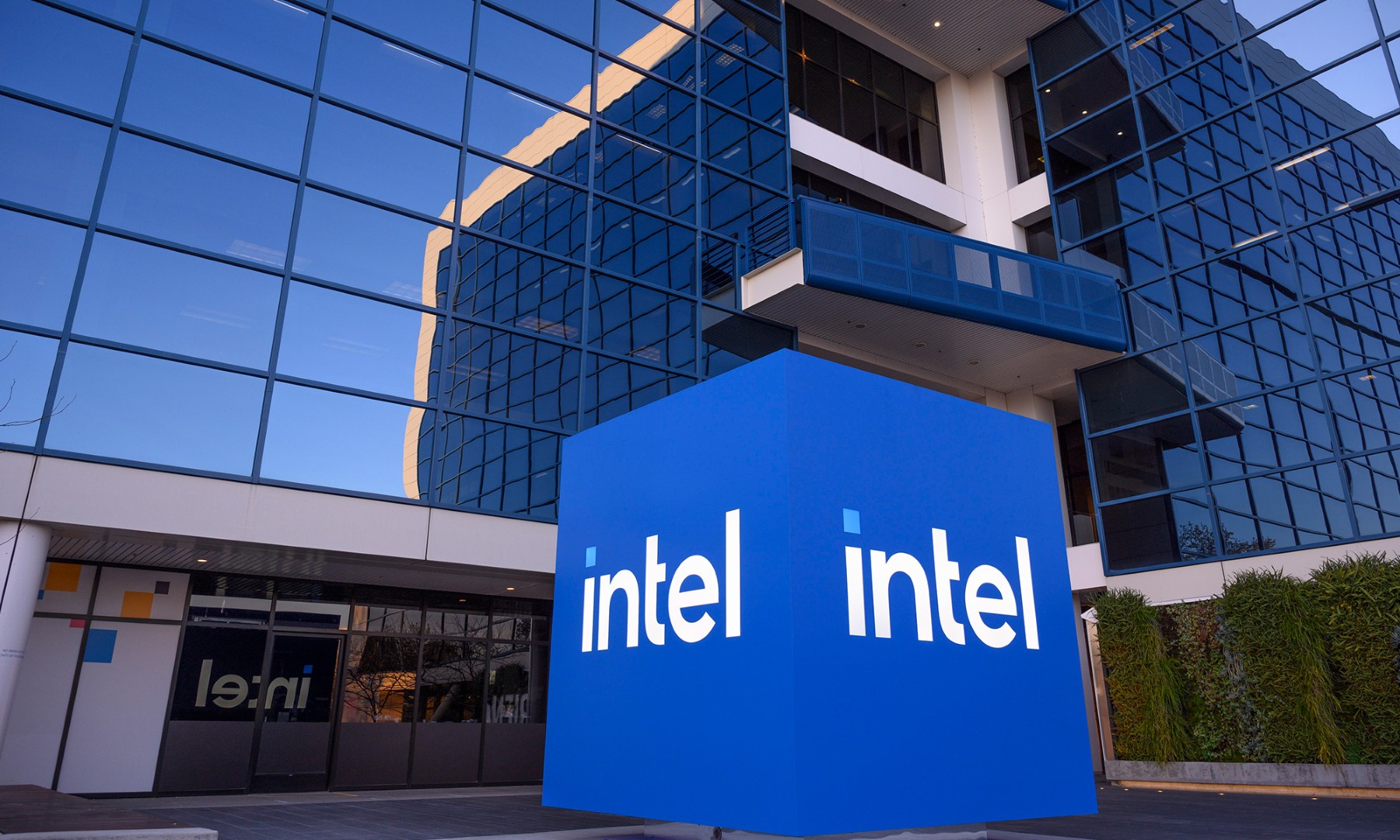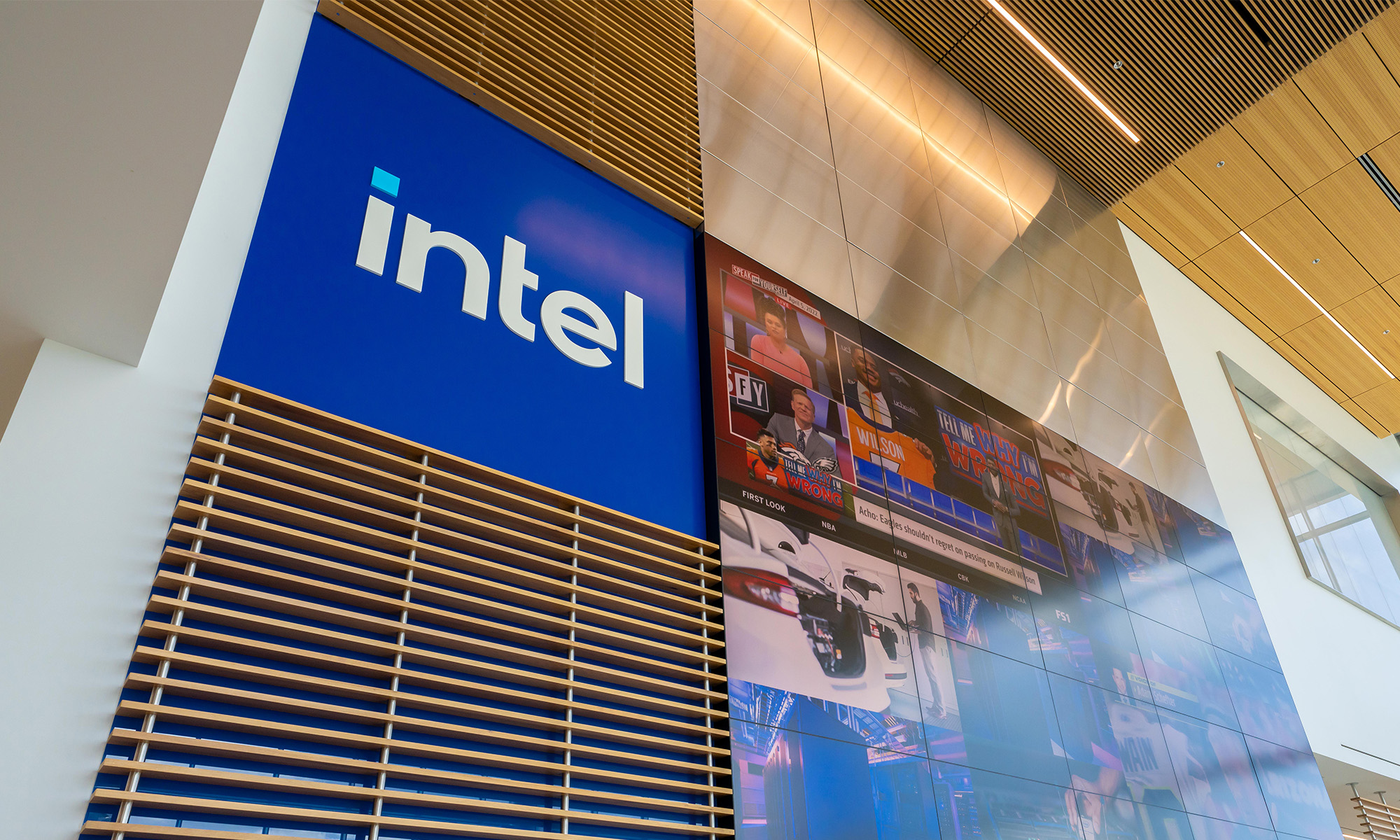Dividends are all the rage these days, and for good reason. Historically, a huge portion of the stock market's total returns have come from dividends. And, in our current environment of historically low interest rates, investors are starved for yield. A sector getting a lot of attention for its hefty payouts is technology.
However, technology is a very cyclical industry, where investment in research and development is critical. That's created a conflict for investors. On the one hand, dividend payouts are a valuable source of return. On the other, technology companies need to make sure they're devoting enough investment to ensure future growth.
Nowhere is this disparity more evident than with Intel (INTC 1.07%). The semiconductor leader pays a fat 3.5% dividend yield, but has suffered through several years of stagnating growth. It's been unable to get its chips into mobile devices. That's why investors should carefully consider whether Intel has a real growth trajectory ahead of it.
Slowing growth a cause for concern for megacap tech
An area gaining increased focus for its dividend payouts is the technology sector. This is a surprise, since technology stocks haven't been known for paying dividends, but that's exactly what's happening. In fact, many large-cap technology stocks like Cisco (CSCO 0.49%) and Hewlett-Packard (HPQ 2.71%) pay hefty dividends.
This does make sense, since the largest technology companies have relatively stable business models. They generate high free cash flow, and have lots of cash on their balance sheets to help support their payouts.
Hewlett-Packard recently raised its dividend by 10%, and yields nearly 2%. Cisco does its investors even better. It yields 3.5% after increasing its payout by 12% recently. Technology companies like Intel, HP, and Cisco pay high yields, but their payouts mask some fundamental weakness in their businesses.
HP's revenue fell 7% in 2013 versus 2012, and the company followed this performance with a 1% revenue decline in its first quarter of this year. For its part, Cisco reported an 8% decline in both revenue and adjusted earnings per share in the most recent quarter. Intel hasn't been able to generate growth for a few years now, which is likely wearing on investors' patience.
Intel's struggles wearing on shareholders
Intel remains one of the largest and most profitable technology companies out there. However, it's simply not growing. According to Intel's most recently filed 10-K, Intel's revenue has declined each year since 2011. Diluted EPS is down 21% since then, as Intel's revenue decline has coincided with rising research and development expenses. To that end, Intel's percentage of R&D and marketing, general, and administrative costs rose to 35.5% last year, up from 29.5% in 2010.
The reason for this is that Intel is still tied to personal computers. Despite billions spent, it's still not proven it can get its chips into mobile devices. That's not stopping Intel from continuing to plow money into this endeavor. At its Investor Meeting last November, Intel presented its plan to increase investment in the tablet market by more than 75% in 2014, compared to two years ago.
Investments need to pay off for growth to resume
Intel is making progress on its desire to breach the mobile device industry, but it's spent billions for results that are yet to be seen. Intel is so late to the party that there's a justifiable skepticism that the strategy will work. Intel's revenue is in decline, and that's a disturbing trend that needs to change.
In a recent interview with Fox Business, Intel Chief Executive Brian Krzanich said that his company is on track to supply 40 million tablet processors in 2014, which would represent a four-fold increase from the previous year.
In the meantime, investors can enjoy Intel's hefty dividend yield. However, a dividend is little consolation if a company can't grow profits. This year will be pivotal for Intel to prove its massive investments were justified.








